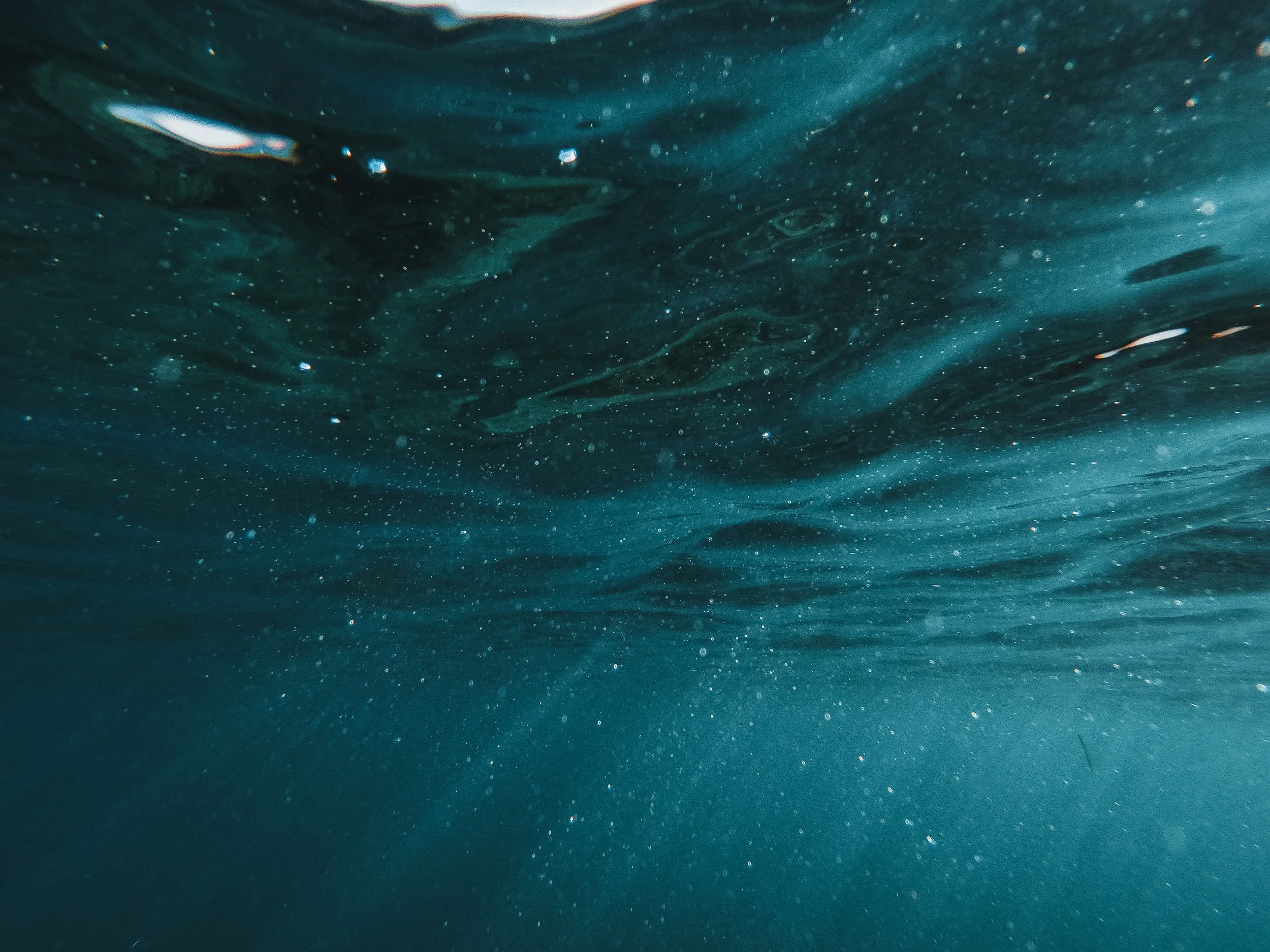Now that we have the introduction out of the way, lets address some common questions people might have when it comes to aquaculture.
Is wild caught fish really better than farmed fish?
This is a question that stems from what I have heard come up countless times in conversations about wild vs farmed fish among family and friends, as well as in studies (Verbeke et al., 2007). There is this assumption by the general public that wild fish seem to have the edge over farmed fish when it comes to quality. Well luckily for you, I'm here to do the research and answer this question once and for all.
The answer: There really isn’t much difference from a nutritional standpoint. In fact, farmed fish has the potential to be more beneficial than wild fish. Some studies have shown that because farmed fish can be controlled in terms of diet and water quality, this could result in fish with lower levels of potentially toxic heavy metals, compared to their wild counterparts (Cahu et al, 2004). While it is true that farmed fish in some cases can have higher fat content than wild fish, this can be easily tweaked through the composition of the fish feed used, as well as the size of the fish enclosures (Nettleton and Exler, 1992; Cahu et al, 2004).
But what about the antibiotics?
Another common question involving farmed fish is the fear of antibiotics and other artificial substances that may be used on farmed fish affecting us human beings.
The answer: Yes, this is a potential issue with some farmed fish. The issue stems from the risk of antibiotic resistance. For those who aren’t familiar with this term, antibiotic resistance is when bacteria start to develop resistances to the antibiotics used to destroy them. Antibiotics are commonly used in aquaculture to fight bacterial infections and keep the fish healthy. While fine to use moderately, antibiotics are sometimes overused by the farmers, which then leads to antibiotic resistance issues. Residues of the antibiotics tend to stay in the fish when overused, which is then passed on to us humans when we then eat the fish (Miranda et al., 2018). This could then result in bacteria in our body developing resistances to antibiotics. It is important to note however, that this is still a relatively new field of research. There are limited studies done on the long term effects of antibiotic residues, as well as just how impactful it is on human health (Chen et al., 2020). It can only get better over the next few decades, as it will take time for more scientific studies to be carried out to determine the right doses of antibiotics and alternative methods to combating bacterial infection in aquaculture (Chen et al., 2020).
Does aquaculture hurt the fish or have any negative effects regarding welfare?
Where are the animal rights activists at? This is also a pretty common question when it comes to aquaculture, where people question whether the welfare of the fish is taken care of.
The answer: It would probably be no surprise to you that aquaculture does have negative effects on fish welfare, given that they are commonly reared in enclosures that are smaller than the size of an ocean or river. Generally, issues such as the handling and manipulation of fish, malformation and inducing reproduction all commonly affect aquaculture fish (Saraiva et al., 2019). However, most studies on fish welfare are usually limited to several popular aquaculture species, and a lot more research needs to be done in order to better understand both the physiological and behavioural measures we have to account for to maintain good fish welfare in the farms (Ashley, 2007).
Why support aquaculture?
So you’re telling me that I should buy farmed fish and support aquaculture even when you have just pointed out some of its issues?
Well, like any food source, there will always be pros and cons. I could also write an article on how wild caught fish could potentially be just as harmful, if not more harmful to our health (maybe I will). Arguably, the welfare of wild fish isn’t doing so well either, with severe overfishing plaguing the high seas. The reasons why aquaculture has been painted in this slightly negative light mainly stem from media portrayal, as well as a lack of knowledge among the public on aquaculture (Froehlich et al., 2017). Furthermore, a relatively new technique of procuring fish, when compared to the practice of catching wild fish for thousands of years is bound to have some initial wrinkles that need to be ironed out. Only through continuing to support the transition to more aquaculture based fish production can we move forwards.
Let’s not forget the main reason aquaculture is being pushed in the first place. Overfishing has left global wild fish stocks dangerously low, and we need alternative food supplies. This is not an environmentalist push to protect wild fish stocks for the sake of preserving nature. The world population is growing every day. With about three billion people in communities around the world reliant on seafood as the main source of food, dwindling fish stocks are a pressing food security issue (WWF, 2020). Aquaculture is looking to be the perfect solution to the problem, we just need to refine it.










